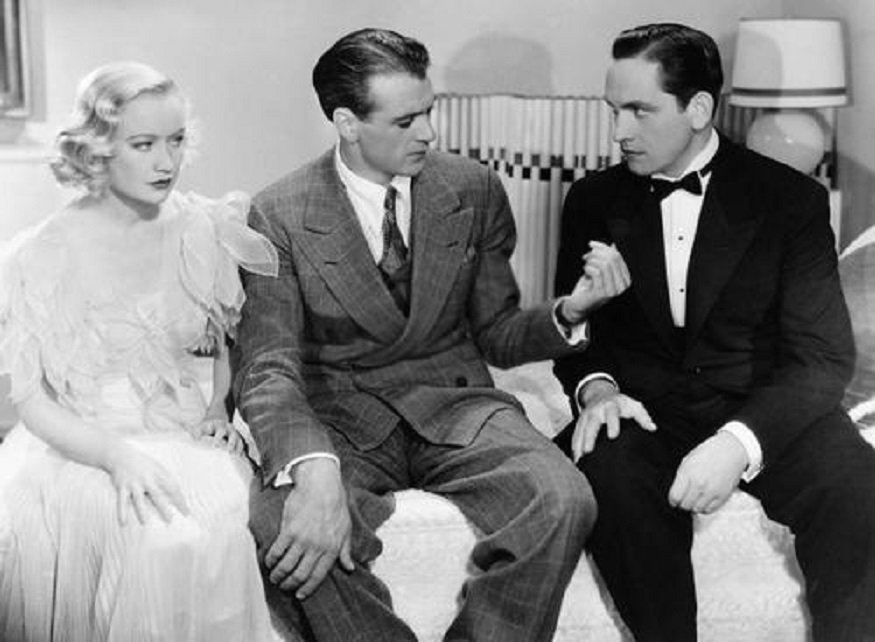Most people know that Etiquetteer suffers from a mild form of biblioholism, which results in the accumulation of staggering numbers of unread books. That Mr. Dimmick Who Thinks He Knows So Much recently rounded them all up and counted over 50! This dozen are on Etiquetteer’s pile, since one way or another they cover matters of Perfect Propriety.
Etiquette
Woman’s Own Book, 1873, the author’s name not given — but you can just tell it’s by a man eager to tell women what to do, especially since the first three chapters are all headed “How to Be Beautiful.” This was the gift of a friend and reader, and it promises to be unintentionally amusing.
Town and Country Social Graces: Words of Wisdom on Civility in a Changing Society, a collection of T&C articles by everyone from Jay McInerney to Letitia Baldrige. Acquired sometime during the pandemic.
Elements of Etiquette: A Guide to Table Manners in an Imperfect World, by Craig Claiborne. Acquired sometime during the pandemic, Etiquetteer actually started this a few years ago. Witty, wise, and delicious.
Civility: Manners, Morals and the Etiquette of Democracy, by Stephen L. Carter. Acquired years ago, certainly the title indicates an up-to-the-minute need!
Debrett’s Guide for the Modern Gentleman, received as a gift some time ago, and by all appearances and absorbing guide not just to behavior but wisdom.
Food and Drink
The Philosophy of Cocktails, by Jane Peyton, acquired over the summer, promises to be an interesting exploration of alcohol and consumption customs.
Here Let Us Feast: A Book of Banquets, by the celebrated M.F.K. Fisher, acquired this fall at the also celebrated Montague Book Mill. Etiquetteer always loves feasting, and we are approaching the Time of the Great Feasts anyway — isn’t Thanksgiving about three weeks from now? — so this might need to vault to the top of the list.
“21” Every Day Was New Year’s Eve: Memoirs of a Saloon Keeper, by H. Peter Kriendler with H. Paul Jeffers, is the history of one of the 20th century’s most celebrated night spots. Having already devoured histories of the Stork Club and the Colony Bar, of course it’s time to move the party of “21.”
What to Wear
Items: Is Fashion Modern?, by Paola Antonelli and Michelle MIllar Fisher, the catalog to the thought-provoking MoMA exhibition of the same name.
Dress Codes: How the Laws of Fashion Made History, by Richard Thompson Ford. Obviously fashions change, and what is Perfectly Proper for one generation is Entirely Laughable to another. We have only to look at the court dress of Louis XIV or wedding gowns of the 1980s to see this. This promises to reveal just how we got to the Place of Athleisure we occupy today.
Other
Contagious: Why Things Catch On, by Jonah Berger. This book promises to share “. . . the secret science behind word-of-mouth and social transmission.” Etiquetteer would love to figure out how we as a society could do that for good manners.
Heiresses: The Lives of the Million Dollar Babies, by Laura Thompson. From Mary Davies to Barbara Hutton, with Consuelo Vanderbilt and many others in between, Etiquetteer is most interested to see how these ladies used Perfect Propriety for self-preservation.
Surely you have your own recommendations, too. Please send them along!





















